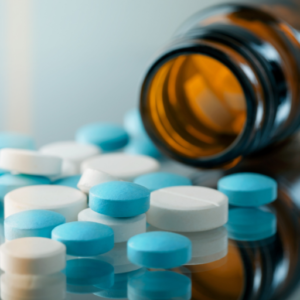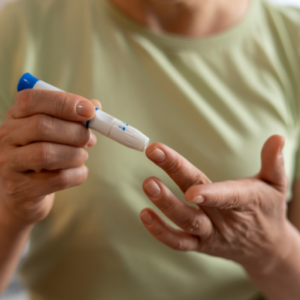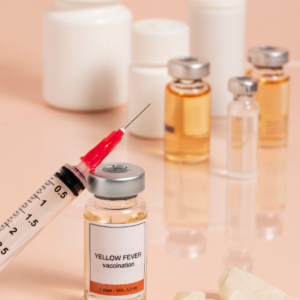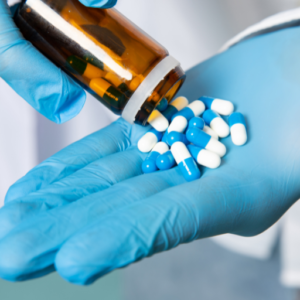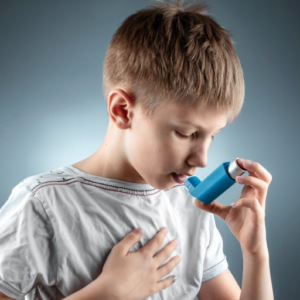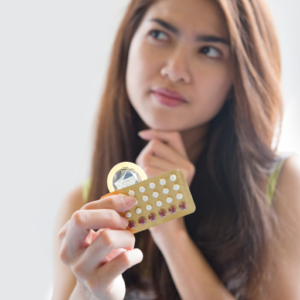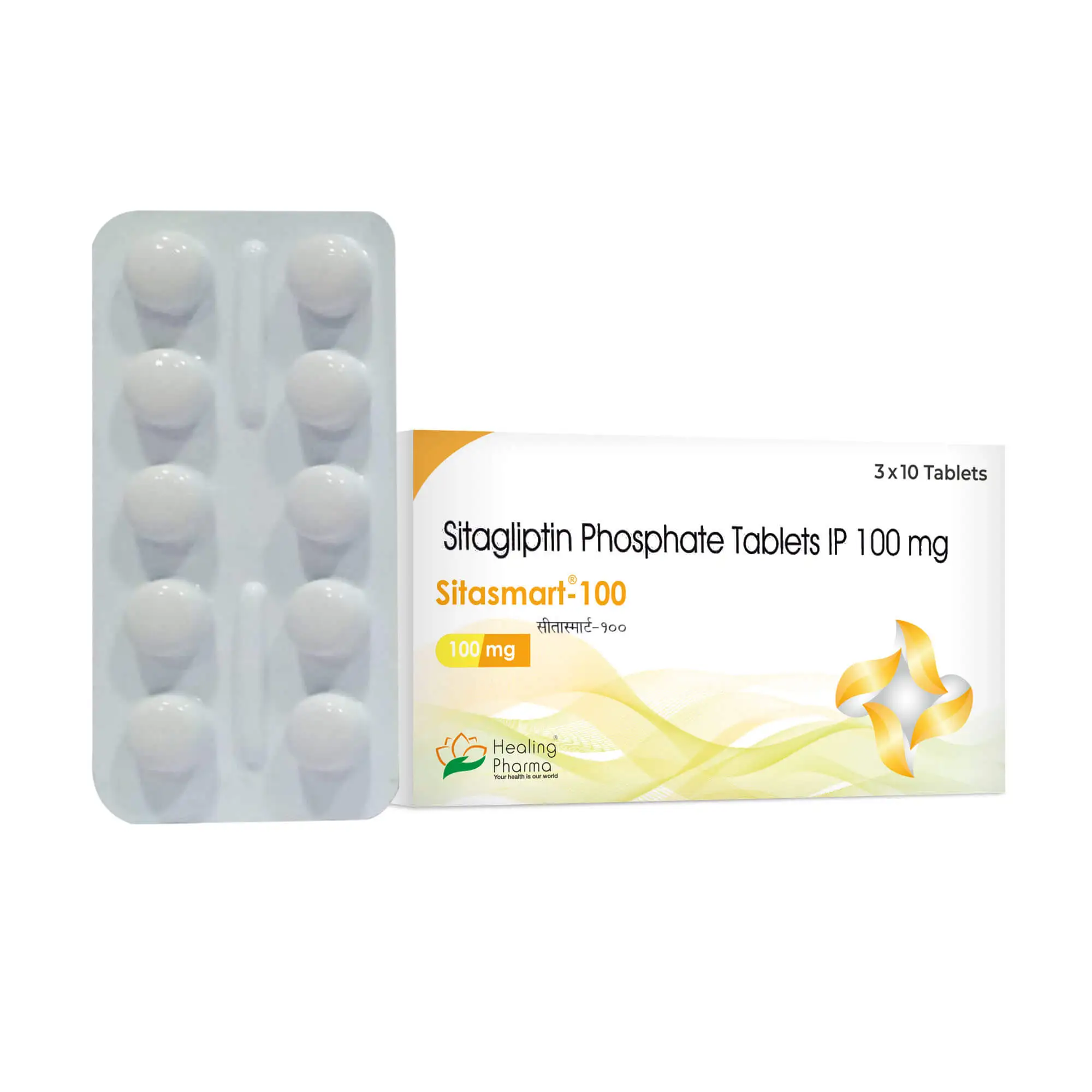Sitasmart 100mg
| Package | Per tablet | Savings | Price |
|---|---|---|---|
| 180 tablets | $0.60 | $36 | $144 $108 |
| 150 tablets | $0.62 | $27 | $120 $93 |
| 120 tablets | $0.63 | $20 | $96 $76 |
| 90 tablets | $0.67 | $12 | $72 $60 |
| 60 tablets | $0.72 | $5 | $48 $43 |
| 30 tablets | $0.80 | – | $24 |
What is this medicine?
SITASMART 100 mg contains Sitagliptin, a DPP-4 (dipeptidyl peptidase-4) inhibitor. This medicine is used to lower blood sugar levels in adults with type 2 diabetes mellitus. It works by increasing insulin release and decreasing glucagon levels in response to meals.
It is typically prescribed along with diet and exercise, and may be used alone or in combination with other antidiabetic medicines.
What should I tell my health care provider before I take this medicine?
They need to know if you have any of these conditions:
-
Type 1 diabetes
-
Diabetic ketoacidosis (high levels of ketones in the blood or urine)
-
Kidney disease
-
Liver disease
-
Gallbladder problems or history of gallstones
-
History of pancreatitis
-
Heart failure
-
An unusual or allergic reaction to sitagliptin or any other medicines, foods, dyes, or preservatives
-
Pregnant or trying to get pregnant
-
Breast-feeding
How should I use this medicine?
Take this medicine by mouth with a glass of water. It can be taken with or without food. Take your dose at the same time every day, as directed by your doctor.
Do not take more than prescribed. Continue taking the medicine even if you feel well.
Overdosage: If you think you have taken too much of this medicine, contact a poison control center or emergency room at once.
What if I miss a dose?
If you miss a dose, take it as soon as you can. If it is almost time for your next dose, skip the missed dose and take only your regular dose. Do not take double or extra doses.
What may interact with this medicine?
-
Other antidiabetic medications (e.g., insulin, sulfonylureas)
-
Digoxin
-
Diuretics
-
Steroids
-
Beta-blockers
-
ACE inhibitors
-
Alcohol
This list may not describe all possible interactions. Provide your health care provider a list of all the medicines, herbs, non-prescription drugs, or dietary supplements you use. Also inform them if you smoke, drink alcohol, or use recreational drugs.
What should I watch for while using this medicine?
Visit your doctor regularly to monitor your blood sugar levels, kidney function, and overall response to the medication.
Be alert for symptoms of pancreatitis such as severe stomach pain (that may spread to your back), nausea, or vomiting.
Tell your doctor if you experience joint pain, which can sometimes be severe.
Let your doctor know if you experience skin blisters or rash, which could be a sign of bullous pemphigoid, a rare skin condition.
Limit alcohol intake as it may increase the risk of low blood sugar and pancreatitis.
What side effects may I notice from this medicine?
Side effects that you should report to your doctor or health care professional as soon as possible:
-
Severe abdominal pain (especially if radiating to the back)
-
Signs of allergic reaction (rash, itching, swelling of the face/tongue/throat, difficulty breathing)
-
Low blood sugar symptoms (especially when taken with other diabetes medications): shakiness, confusion, sweating, fast heartbeat
-
Joint pain that is severe or disabling
-
Skin blisters or peeling
-
Persistent fatigue or muscle pain
Side effects that usually do not require medical attention (report if persistent or bothersome):
-
Headache
-
Stuffy or runny nose
-
Upper respiratory tract infections
-
Nausea
-
Diarrhea
This list may not describe all possible side effects.
Where should I keep my medicine?
Keep out of the reach of children.
Store at room temperature between 20 and 25 degrees C (68 and 77 degrees F). Protect from moisture and heat.
Do not use the medicine after the expiration date. Safely discard any unused medication.




